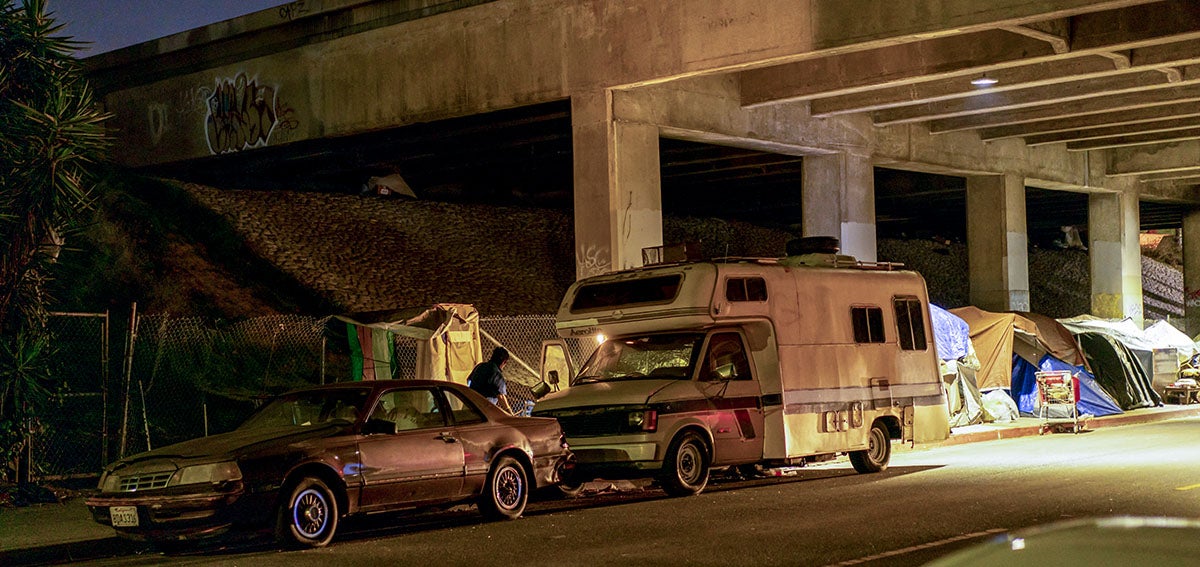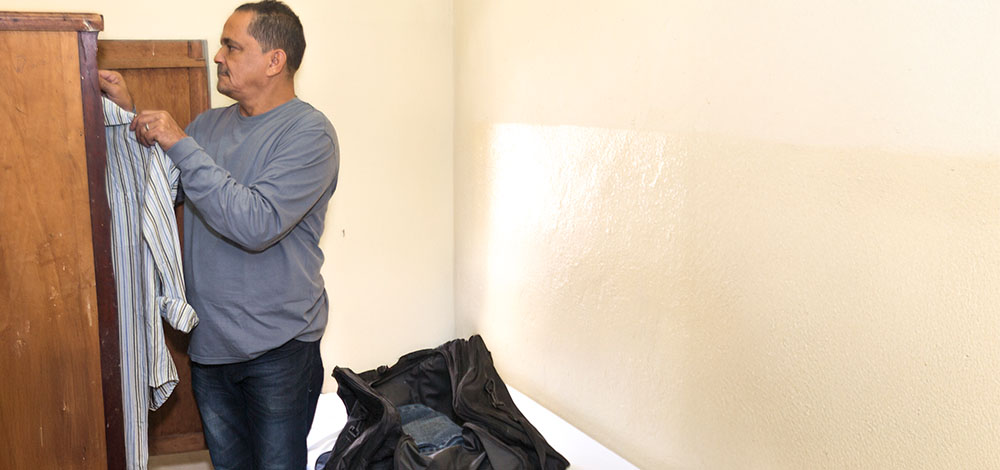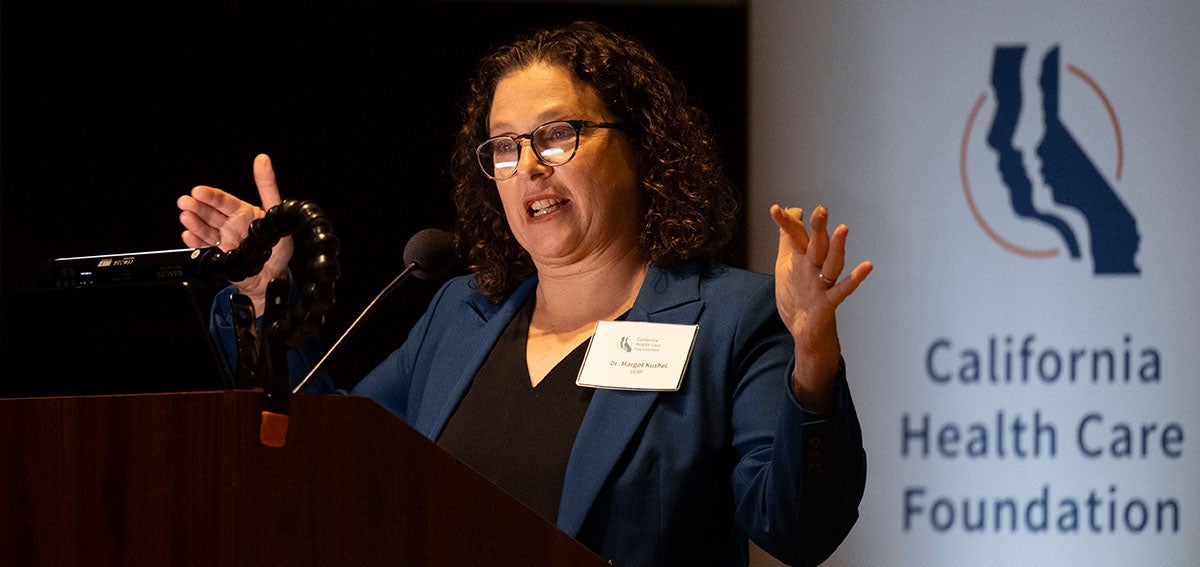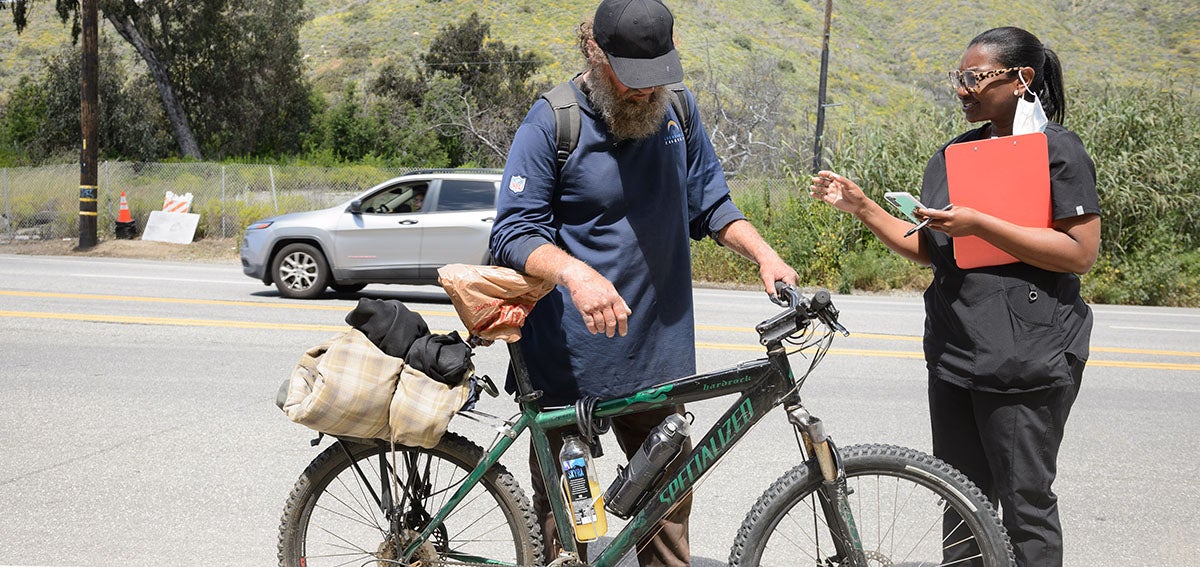
The poverty rate in the US in 2020 increased for the first time after five consecutive annual declines, according to recent data from the US Census Bureau. Here in California, one of the most economically divided states, at least 161,548 Californians experience homelessness on any given day. Thousands of homeless encampments that dot the Golden State’s cities and towns are constant reminders of this stark divide.
The direct impact of the homeless epidemic also is evident in a CHCF statewide survey released on January 27 that finds that an extraordinary percentage of Californians are personally connected to or affected by homelessness. The 2022 CHCF California Health Policy Survey was conducted by NORC at the University of Chicago, a nonpartisan research organization, and it shows one in five Californians say they or someone close to them has experienced a period of homelessness in the last five years. It is troubling to learn that these numbers rise to more than one in three (36%) for Californians with low incomes and 43% for Black Californians.
In addition to Californians already navigating periods of homelessness, many others worry about the precariousness of their own housing. Nearly one in five Californians (19%) say they are “very” or “somewhat” worried about experiencing homelessness. These numbers rise to 37% for Californians with low incomes, 35% for Black Californians, and 30% for Latinx Californians.
In the CHCF survey, Californians also expressed grave concern about the health repercussions of living without shelter. They see a strong connection between housing and health, with 80% saying the lack of affordable housing hurts the mental or physical health of Californians with low incomes.
The Promise of CalAIM
The survey findings come just as California begins to implement CalAIM (California Advancing and Innovating Medi-Cal), a far-reaching five-year plan to transform California’s Medi-Cal program to make it integrate more seamlessly with other social services. Led by California’s Department of Health Care Services, CalAIM is designed to improve outcomes for Californians covered by Medi-Cal, especially those with the most complex needs, including people experiencing homelessness. If successful, CalAIM will make it easier to connect health care and housing services. Medi-Cal managed care plans will be required to provide care management to populations of focus, including people experiencing homelessness. In addition, 14 “community supports” will be available for reimbursement by Medi-Cal as part of CalAIM, and 6 that directly relate to improving care for people experiencing homelessness. CalAIM offers an unprecedented opportunity to accelerate the spread of these programs in California:
- Medical respite. Acute and postacute care for those experiencing homelessness who have been recently discharged from the inpatient setting.
- Short-term, posthospitalization housing. Up to six months of residential care for people who no longer require medical or psychiatric hospitalization, institutional care, or medical respite but whose condition would worsen in an unstable living environment.
- Housing transition navigation services. Supports to assist people with housing.
- Housing deposits. Assistance with identifying, coordinating, securing, or funding one-time services and modifications to enable people to establish a basic household.
- Housing tenancy and sustaining services. Support for people to maintain safe and stable tenancy after they secure housing.
- Sobering centers. Places for intoxicated patients to sober up, receive first aid, and obtain services that can set them on a path to better health.
Building CHCF’s Body of Work in Homelessness
Housing is the solution to ending homelessness, and health care remains a critical partner. Homelessness can lead to new physical and behavioral health conditions and exacerbate existing ones. People experiencing homelessness have a life expectancy 12 years shorter than that of the general population.
In recognition of the inextricable links between health and stable housing, the foundation has been working at the intersection of health and homelessness since 2020. As director of the Advancing People-Centered Care Team, I’m proud that in a relatively short time we have funded and continue to plan projects and publications designed to promote equitable, responsive, and comprehensive services for those experiencing homelessness.
Projects commissioned by CHCF include:
- The California Health Care and Homeless Learning Community, a yearlong statewide initiative to help managed care plans and providers learn from subject matter experts and each other about innovative approaches to improving health services for people experiencing homelessness.
- A two-year statewide evaluation of Project Roomkey, an effort to provide noncongregate shelter for people experiencing homelessness during the COVID-19 pandemic.
- A statewide survey to give a better picture of the characteristics of adults experiencing homelessness in California. The results are expected in 2023.
- A landscape report about street medicine along with a resource guide to help scale these programs across the state.
Strengthening Relationships
Implementation of any transformative program is a challenge and usually happens more slowly than many would hope. With CalAIM, the focus on people with complex and unmet health and social needs, including a specific focus on people experiencing homelessness, offers significant potential to improve the health status of many. That’s a prime reason so many of us in the field are excited and looking for ways to ensure the success of CalAIM.
While the implementation of CalAIM will improve coordination and access to services for many, more must be done to overcome many Californians’ reluctance to discuss the full breadth of their needs with their health care provider. The CHCF poll highlights that Californians aren’t comfortable talking to their provider about their housing status, with half (51%) saying they would not be comfortable, and about one-third (29%) saying they would be “somewhat” comfortable. Whether that’s due to stigma, lack of confidence in the health care system’s ability to offer solutions, or a combination of the two, we need to better understand and monitor these attitudes.
As new programs launch, our health care delivery systems have an opportunity — an imperative — to more effectively screen for housing instability to connect people to care management and housing-related resources, including housing navigation and housing tenancy and supportive services.
California’s crisis of homelessness requires an “all hands on deck” approach. Cross-sector collaboration is fundamental to moving us closer to ending homelessness together. That means encouraging greater trust and collaboration between the housing and health care communities, which historically have not had a lot of contact and have faced information-sharing barriers and workforce constraints that make it difficult to offer actionable solutions.
Finally, we need to ensure that the voices of Californians experiencing homelessness and housing instability are heard in the spaces where health care and social service delivery system leaders operate. The way we deliver care and services, along with the policies our organizations create to guide that delivery, can be strengthened by co-designing programs with people who have lived expertise.
Authors & Contributors





